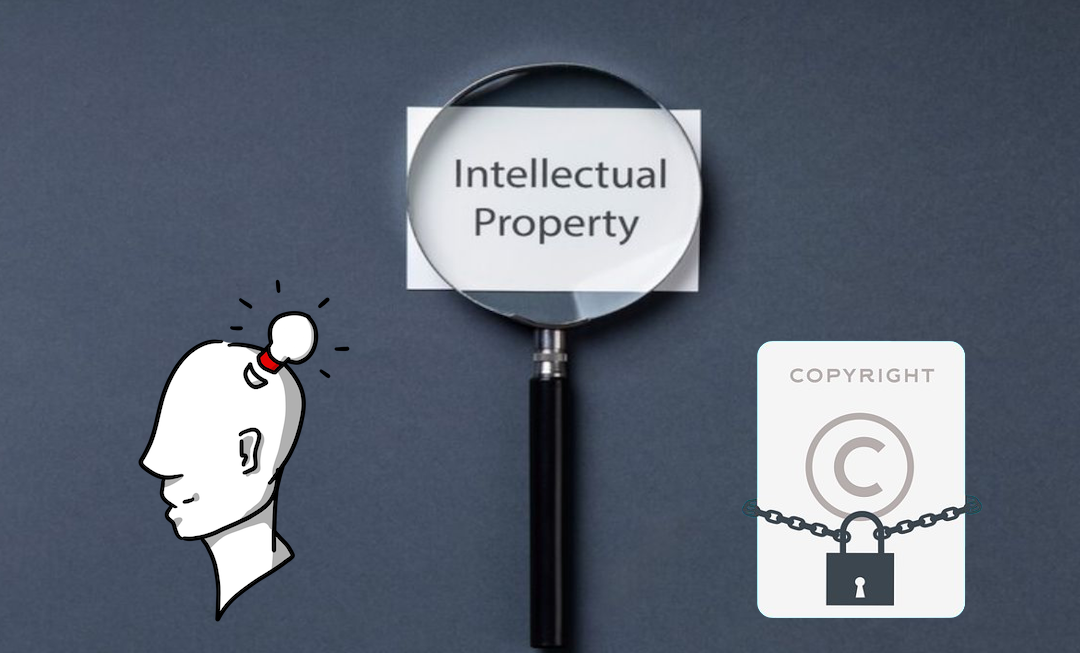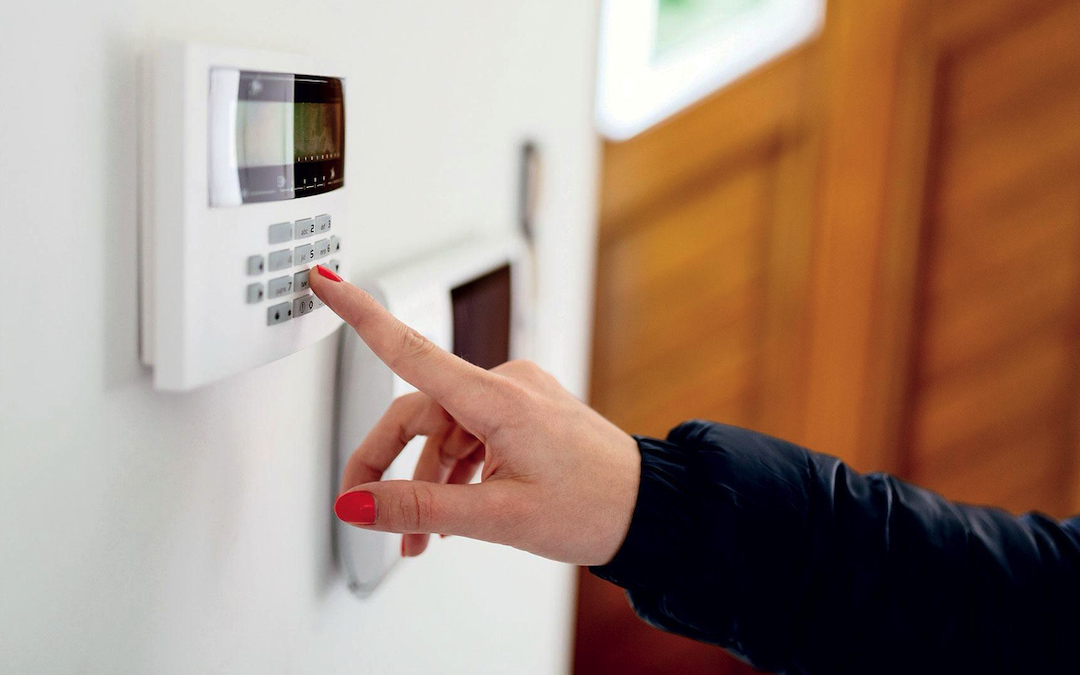
The revolutionary changes of artificial intelligence on the outlook of all businesses and technologies are paramount. It has changed the way we used to perceive and execute development and research. Moreover, the world is compelled to revisit the approach to almost all business strategies. Primarily artificial intelligence is used to automate data scraping, pattern recognition, etc.
However, now generative AI has taken the world by storm. Generative AI refers to the creation of all types of pictures, audio, and video formats using artificial intelligence. Businesses, brands, and companies have now started using AI tools as a substitute for human resources: writers, graphic designers, and video editors. The unprecedented advancements of artificial intelligence and its fast-track implementations raise many questions about the authenticity of the generated materials, especially about the intellectual property of the generated audio, video, graphics, and content. Let’s briefly learn more about the latest progress on the intellectual property of artificially generated materials.
According to recent discussions, US Patent Office decisions and guidance said that AI-generated material cannot claim the legal rights of ownership on inventorship. But there is a catch, the statement further said, Those human resources that are using the AI tools can get intellectual property protection by fulfilling certain criteria like making visible and justifiable updates to the AI-generated/assisted multimedia materials.
AI alone can't be entitled to intellectual property rights, but humans that are behind the AI tools can be entitled to IP rights.
Changing Landscape of Intellectual Property
We are now facing new challenges that always come with the advancements of technological tools. Since everything now revolves around the digital landscape, the challenge of claiming intellectual property and the questions about the process of how artificial intelligence works and how it can be rightfully subjected to intellectual property rights are now under debate at the highest levels. “Most importantly, technical prompting, and training the AI systems to navigate them towards a specific desired result can be subjected to inventorship.”
Additionally, human resources are encouraged to use their creative freedom and reflect the originality that must be compelling beyond the mechanical outcomes of artificial intelligent engines.
In a recent development on Intellectual Property, the Judiciary Committee of the US House of Representatives continued its discussion about navigating artificial intelligence (AI) and intellectual property (IP) rights.
Sandra Aistars, who is s clinical professor at the George Mason University Antonin Scalia Law School expressed: "Copyright law should remain technology-neutral and focus on human authorship. We should look at the acts of the human, not the outputs of the AI."
Joshua Landau, who is a senior counsel for the Innovation Policy, Computer, and Communications Industry Association expressed: “Existing copyright and patent law can handle AI outputs if the focus remains on human creativity and inventorship. The approach of 1966 about focusing on whether a work is fundamentally human-authored can be applied to AI."
Kristelia Garcia, who is a professor of Law at the Georgetown University Law Center expressed: "AI itself cannot be an author. Fully AI-generated works lack the human authorship required for copyright protection. Iterative prompting and selection of AI-generated text can illustrate sufficient human authorship."
How Does AI Impact the IP Translation Industry
Like every other field, the impact of AI is felt in every aspect of the IP translation industry. All credit goes to natural language processing technologies and machine translation tools. Now, neural machine translation can cater to industry-specific IP translation while adhering to cultural nuances and sensitivities. However, if you work in the patent industry directly or indirectly, you must have heard the echoes of AI in the patent search and patent filing process.
Moreover, when it comes to globalization, businesses, brands, and companies translate whole websites, applications, and other necessary documents to be considered for patent search. Recently, the resources of intellectual property translation services have become more relevant with the patent regulation to understand the changing landscape of intellectual property. Understanding the evolving landscape of IP is a must for the identification of the latest challenges. Leading language service providers diligently work to get familiar with modern solutions to maintain the quality of results without compromising the timelines.
Furthermore, despite counting on in-house bilingual resources, businesses are moving towards professional translation services and prefer to engage with their IP translation and localization experts. The cost of training their old in-house resources is far higher than engaging with any leading IP translation service providers. Apart from cost-effectiveness, IP translation experts of language service providers are well-versed in the latest AI tools and make the process efficient without affecting the quality of the outcomes. Ultimately, utilizing AI tools and machine translations reduces the delivery time and retains the quality of IP translations.
What is Different in the Modern Patent Translation Process
The salient feature of the modern patent translation process is translation memory. AI tools adhere to the source materials to compare if any section, segments, or words have been translated before. If the machine translation engine finds the already translated segments, it will automatically implement those translations into the source files before starting the IP translation process. It is important to note that most of the patent documents are created from existing templates, so the amount of the same words and phrases can be significant. Below is the chronological workflow of how a modern language service provider will put up with IP translations.
- Application of Machine Translation
- Application of already Existing/Translated Segments
- Proofreading and Q/A from an Expert Patent Translator
- Make the AI Translation Patent Filing Ready
- Reducing Cost and Time
Takeaways
All in all, it is a changing landscape and just like with any other new technology, there are some issues regarding the existing regulations and how we can regulate the new interface of AI. As of now, there have been formal talks between the highest professionals regarding the status of the existing IP rules and regulations and how far can we go to upgrade them.
The need of the hour is to observe the change in the upgradation of intellectual property and artificial-related regulations and comply with them. In the same way, language service providers are kept on the brink so that the translations of legal and IP-related documents will comply with the updated rules and regulations of international regulations and compliance.
Share this post
Leave a comment
All comments are moderated. Spammy and bot submitted comments are deleted. Please submit the comments that are helpful to others, and we'll approve your comments. A comment that includes outbound link will only be approved if the content is relevant to the topic, and has some value to our readers.



Comments (0)
No comment